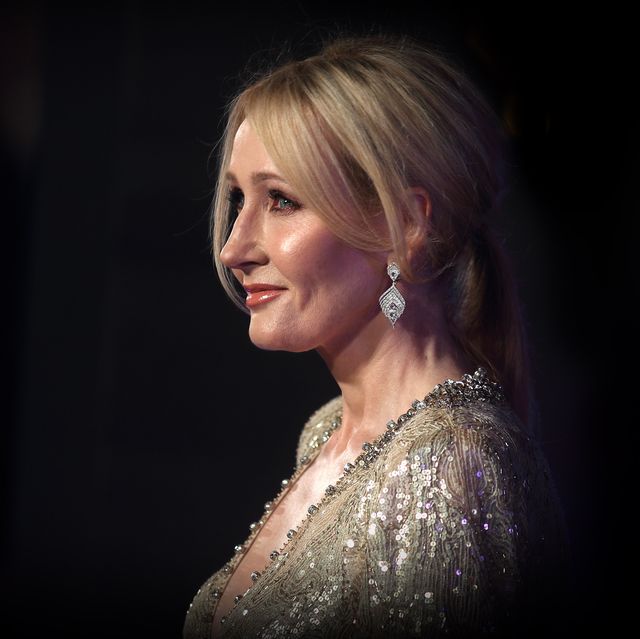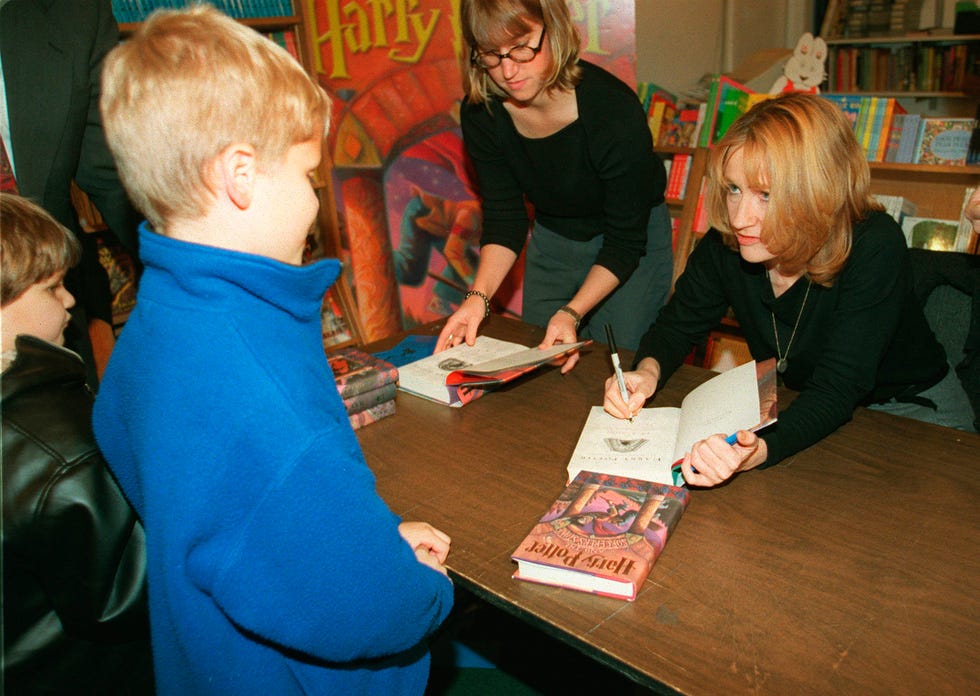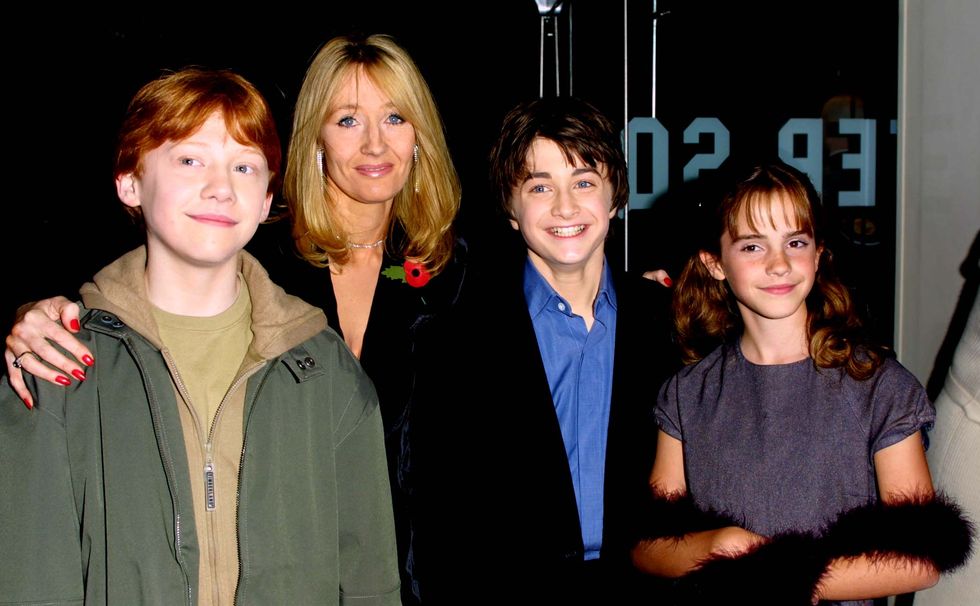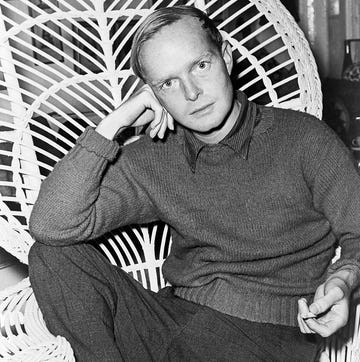In 1990, as she waited on a delayed train bound for London, an unknown author named Joanne Rowland began musing on the idea of an adolescent boy who attends a school for wizards. Thus marked the conception of Harry Potter, but it would take far more than a magic spell and the wave of a wand to bring him to life.
At the time Harry first popped into her head, Rowling was caught in that no man's land between college graduation and the pursuit of a life's passion. She had worked a series of temp jobs since earning her French degree at the University of Exeter and was looking at a move to Manchester to live with her boyfriend.
Everything abruptly changed at the end of the year when her mother, Anne, succumbed to a decade-plus battle with multiple sclerosis at age 45. Devastated, Rowling sought refuge in the thrill of a new, adventurous life, and moved to Portugal to teach English.
After her mother's death, Rowling moved to Portugal for a fresh start
Settling in the coastal city of Porto, Rowling scrawled out the beginnings of Harry Potter before her evening classes and hit the clubs with her roommates afterward. She eventually met and fell in love with aspiring journalist Jorge Arantes.
Rowling soon discovered she was pregnant, moved in with Arantes' mother and had a miscarriage. Ignoring her friends' concerns about the state of her relationship, she married Arantes in October 1992, became pregnant again and this time gave birth to a baby girl, Jessica, the following July.
Meanwhile, Arantes had grown increasingly abusive. The final straw came with an ugly fight in November 1993, when Arantes harshly slapped his wife and threw her out of the home without Jessica. Rowling soon returned – with a police presence – to take her daughter, and within weeks they were on a plane back to the U.K., along with the first three chapters of Harry Potter.
Upon returning to the U.K., Rowling was 'poor' and contemplated suicide
After spending the holidays at the Edinburgh, Scotland, home of her sister and brother-in-law, Rowling applied for benefits that helped her secure a small apartment and weekly stipend. She grudgingly accepted a friend's loan for a deposit on a more welcoming apartment and began spending her days at her brother-in-law's café with Jessica by her side as she continued the long march through her manuscript.
Barely getting by with the help of friends and family – "as poor as it is possible to be in modern Britain, without being homeless," she later described it – Rowling found herself increasingly despondent, angry over her failures and guilty about an inability to provide for her daughter. As a reminder of her missteps, Arantes showed up in an attempt to reconcile, though he retreated after Rowling obtained a restraining order.
Harboring thoughts of suicide, Rowling realized she needed to get her act together, for the sake of her daughter, if no one else. Her outlook improved after therapy, and she set her sights on a one-year teaching training course, though there was still the matter of unfinished business with the boy wizard who flitted through her imagination.
Publishers rejected the first 'Harry Potter' book
Upon completing her manuscript in 1995, Rowling followed through with the plan for teachers' certification while hunting down literary representation. A three-chapter sample of Harry Potter was enough to reel in a London agent Christopher Little, though the regional publishing houses seemed largely immune to the magic of Harry, Ron, Hermione, and Co.
Following a dozen rejections, Little finally found a taker in London publishing house Bloomsbury, which offered a £1,500 advance. Rowling also snagged an £8,000 grant from the Scottish Arts Council, enabling her to finish a Harry Potter sequel on a brand-new typewriter.
On June 26, 1997, the author saw her hard work come to fruition with the publication of Harry Potter and the Philosopher's Stone in the U.K. She was now known as "J.K. Rowling," due to concerns about how boys would respond to a female writer, but the name change was fitting in that her life of anonymity was about to end.
Rowling became a billionaire in less than 10 years after the first book was published
Within days of Harry's debut, children's publishing powerhouse Scholastic had bid more than $100,000 for the American publishing rights (They renamed the book Harry Potter and the Sorcerer's Stone). The highly successful sequel, Harry Potter and the Chamber of Secrets followed a year later, and by the fall of 1998, Warner Bros. was on board with a feature-film deal.
The rest reads like a fairy tale: Rowland was a billionaire by 2004 when Hollywood was still only halfway through eight Harry Potter films and well before the launch of another cash-cow franchise, Fantastic Beasts. She also found love again, with Scottish doctor Neil Murray, and continued churning out best-sellers on the strength of her name brand and addictive prose.
And while her life looks charmed from the outside, the author no doubt carries the reminder of her years as a struggling, single mom wherever she goes, like the scar on the forehead of the character that made her so famous.














